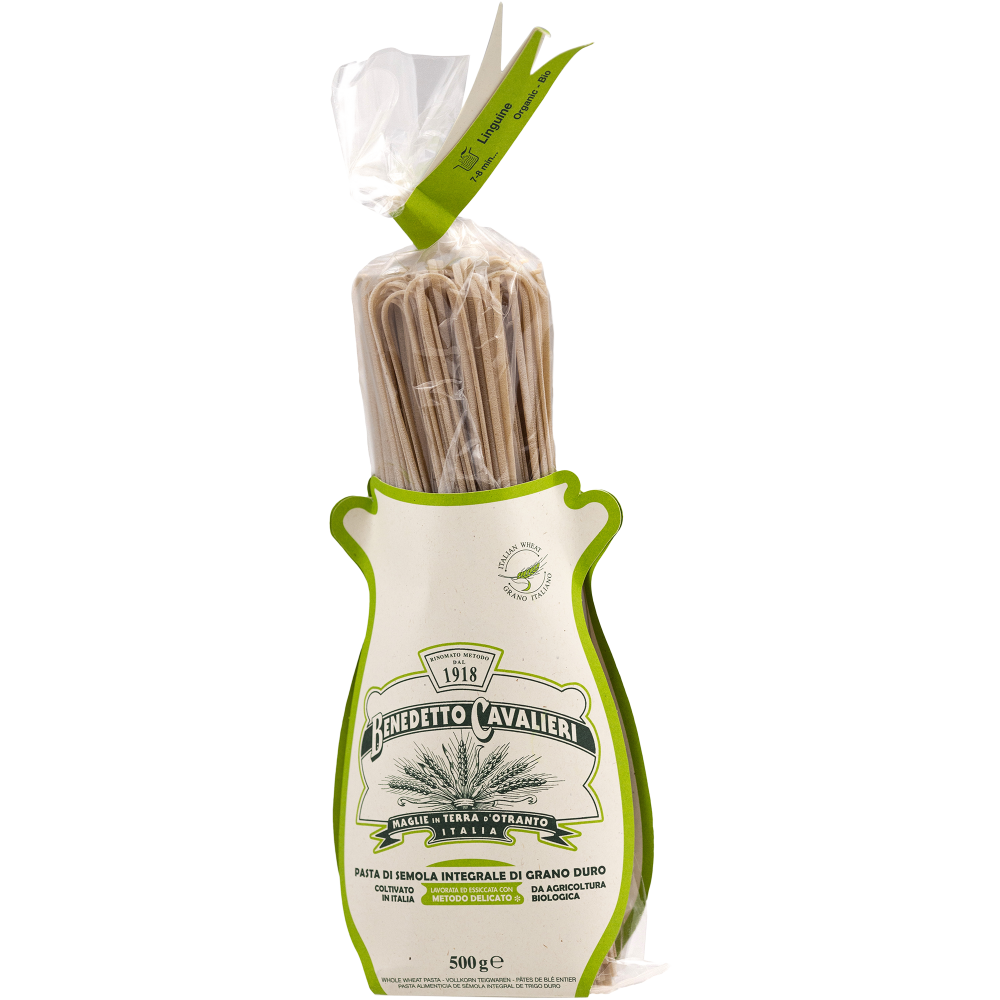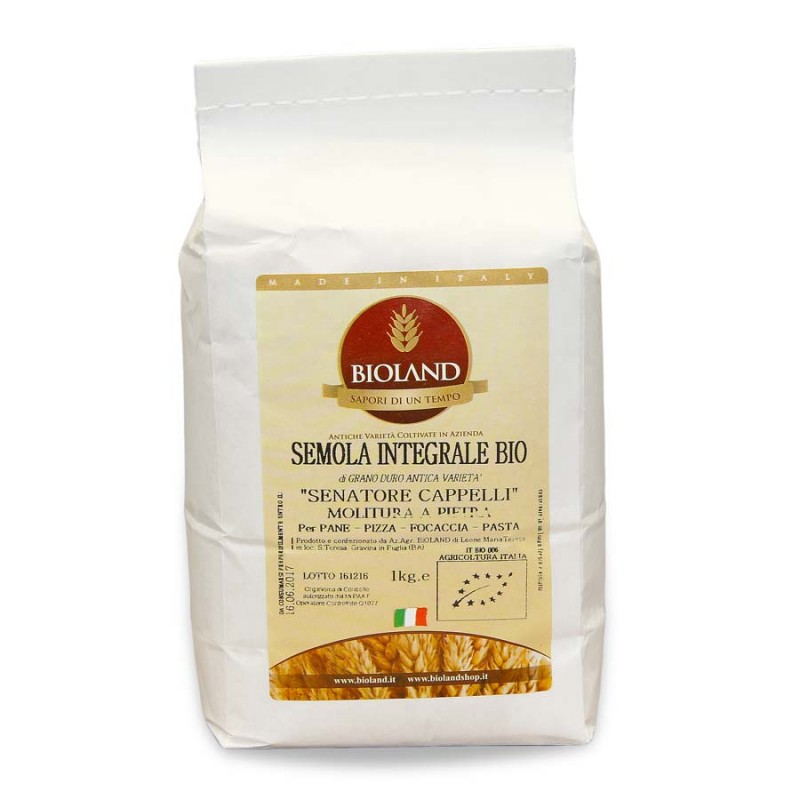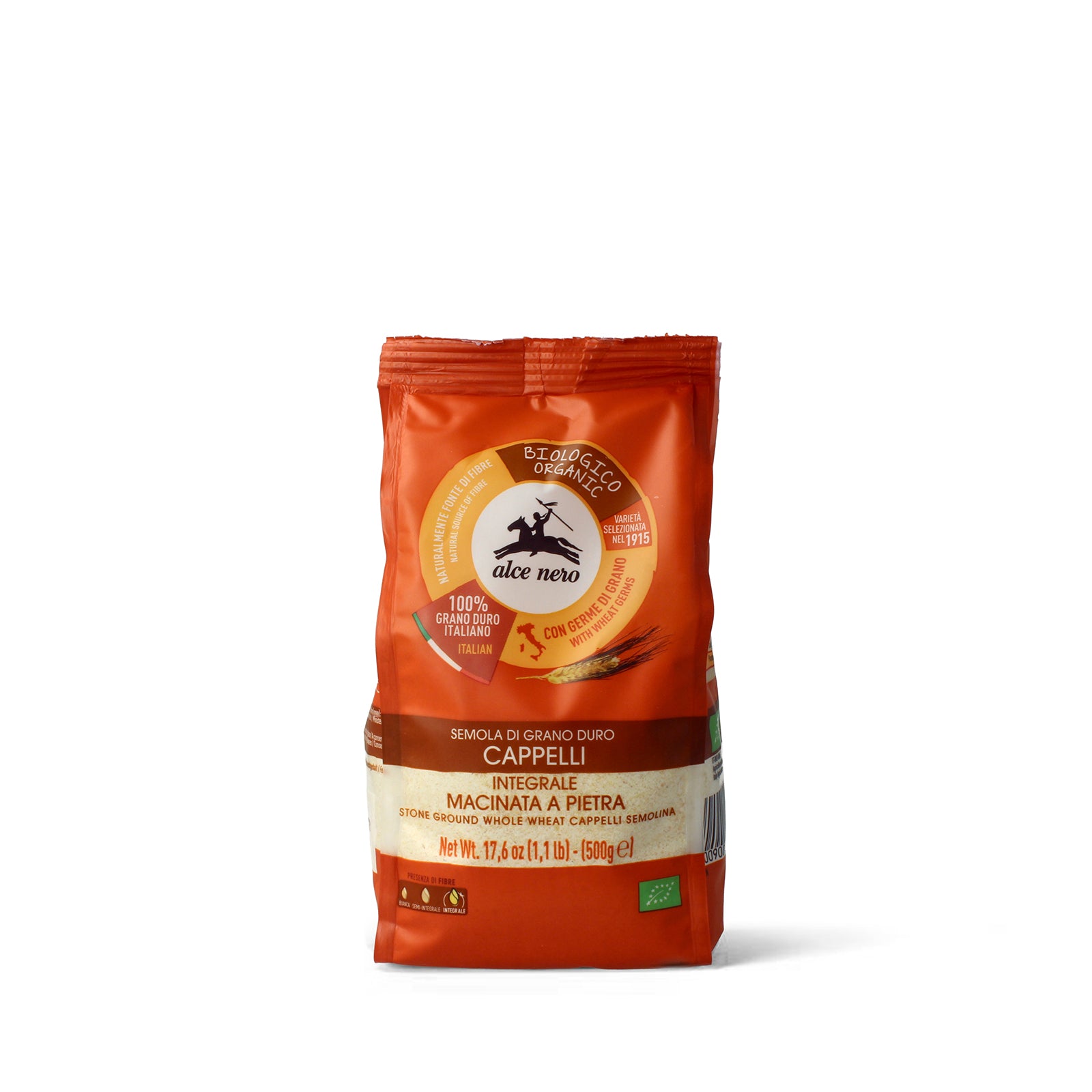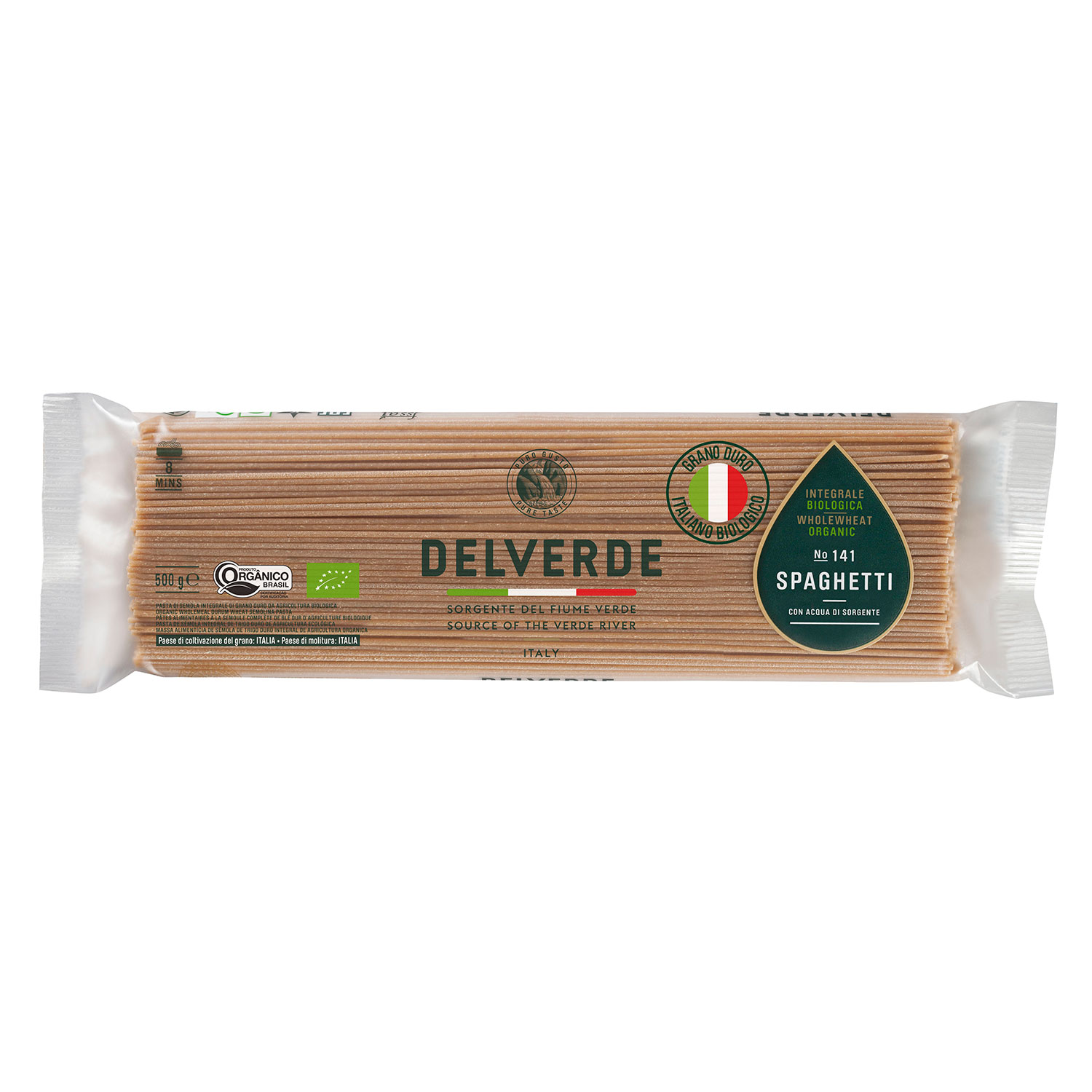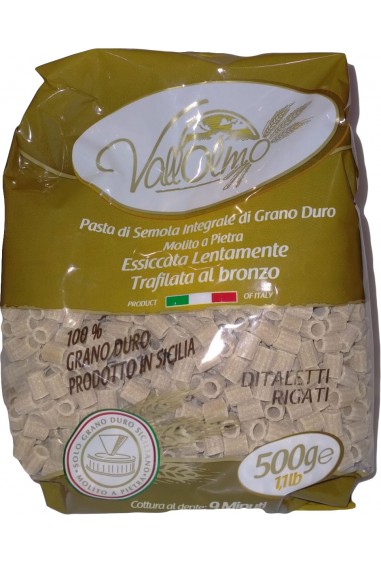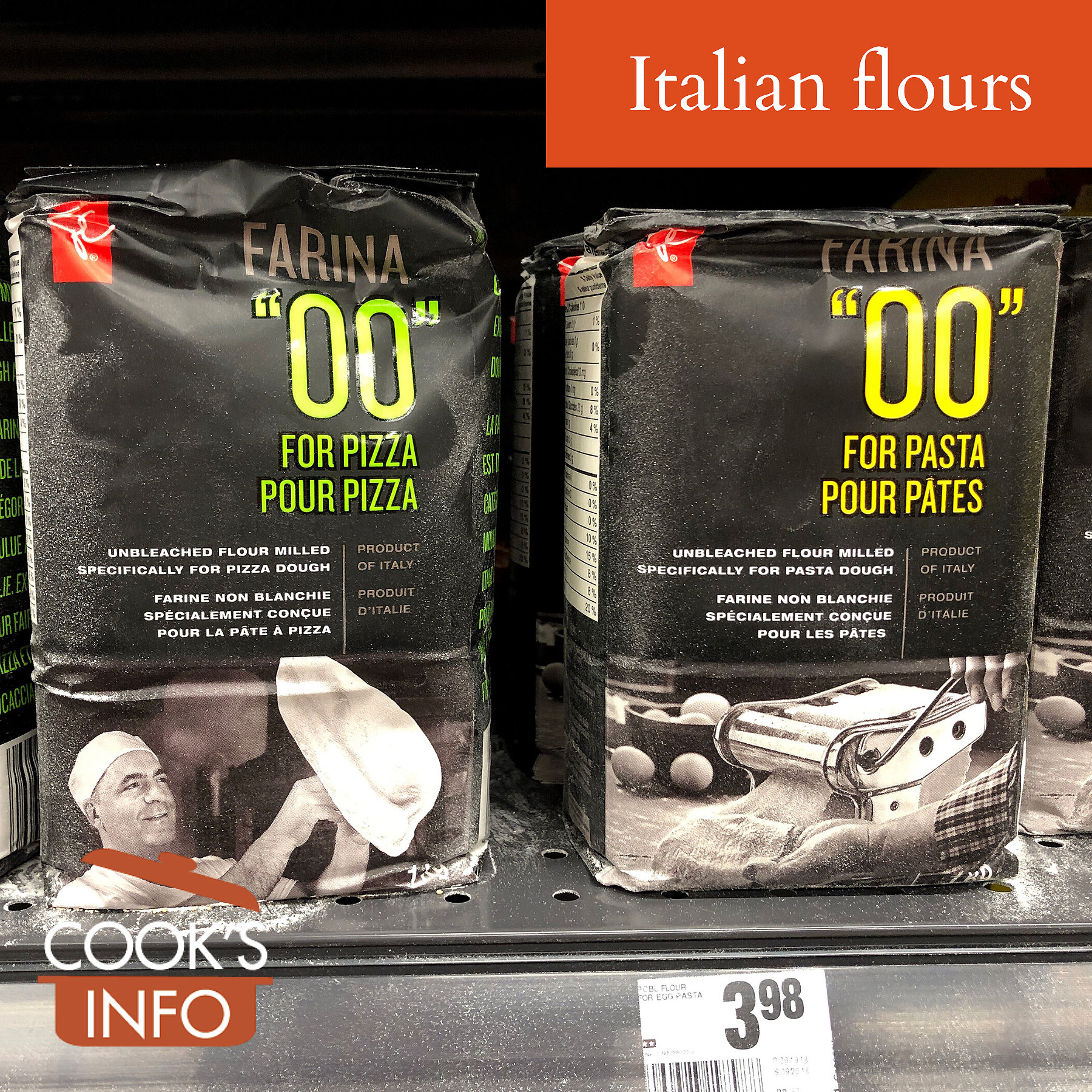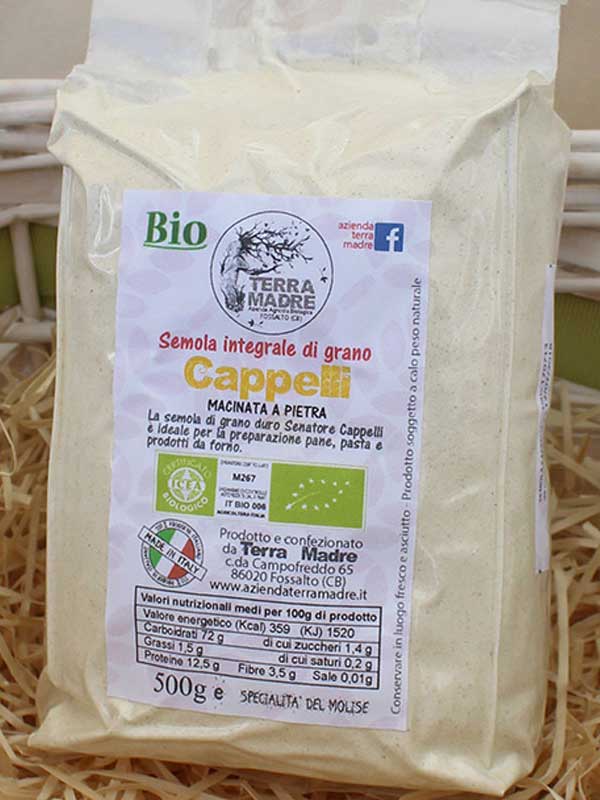
Benedetto Cavalieri Pasta di Semola Integrale di Grano Duro TAGLIATELLE, 500-g-Packung - Benedetto Cavalieri | Goldhahn und Sampson

La Molisana Semola Integrale Rimacinata Wholemeal Durum Wheat Flour, 35.27 oz / 2.2 lbs / 1000 g : Amazon.in: Grocery & Gourmet Foods

La Molisana Semola Integrale Rimacinata Wholemeal Durum Wheat Flour, 35.27 oz / 2.2 lbs / 1000 g : Amazon.in: Grocery & Gourmet Foods

La Molisana Semola Integrale Rimacinata Wholemeal Durum Wheat Flour, 35.27 oz / 2.2 lbs / 1000 g : Amazon.in: Grocery & Gourmet Foods
![Amazon.com : Pasta Toscana: "Fusilli 85 integrali" Organic Durum Whole Wheat Semolina Pasta 17.6 Ounce (500gr) Packages (Pack of 4) [ Italian Import ] : Grocery & Gourmet Food Amazon.com : Pasta Toscana: "Fusilli 85 integrali" Organic Durum Whole Wheat Semolina Pasta 17.6 Ounce (500gr) Packages (Pack of 4) [ Italian Import ] : Grocery & Gourmet Food](https://m.media-amazon.com/images/I/91EYsIthhdL._AC_UF894,1000_QL80_.jpg)
Amazon.com : Pasta Toscana: "Fusilli 85 integrali" Organic Durum Whole Wheat Semolina Pasta 17.6 Ounce (500gr) Packages (Pack of 4) [ Italian Import ] : Grocery & Gourmet Food

Amazon.com : Morelli Pasta Whole Wheat Linguine Pasta - Imported Pasta from Italy - 500g : Grocery & Gourmet Food
